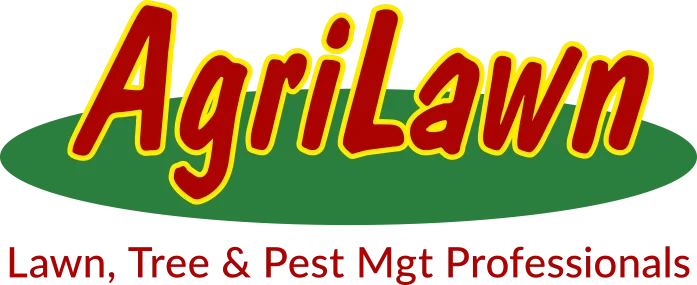Protect Your Lawn: Essential Tips for Managing Dallisgrass, Crabgrass, and Goosegrass

Achieving a healthy, lush green lawn is a top priority for homeowners in Oklahoma. A well-maintained lawn not only enhances the environmental appeal of your home but also boosts its monetary and entertainment value. However, weeds can significantly undermine these benefits. If left unchecked, weeds can gradually take over your turf, compromising its health and beauty. But don’t worry—we’re here to help! In this post, we’ll tackle three particularly stubborn grassy weeds: Dallisgrass, Crabgrass, and Goosegrass.
Dallisgrass is a perennial summer weed that grows in clumps from a single crown. It spreads slowly through short, shallow underground stems that extend outward from the crown. Unlike Crabgrass and Goosegrass, Dallisgrass is not effectively controlled by pre-emergent herbicides. Its distinctive appearance includes a sunken crown, vertical growth habit, and large seed heads covered in black spots. The color of Dallisgrass is a pale, lighter green. Being a perennial, it will return year after year if left untreated. The best time for post-emergent eradication is late September to early October, as the plant pulls nutrients back into the root crown for the dormant season. Summer post-emergent treatments are also beneficial to prevent seed production.
Crabgrass is an annual summer weed with wider, thicker blades compared to Dallisgrass and Goosegrass. It grows in clumps and spreads aggressively by producing an astounding number of seeds—up to 100,000 per plant! Due to its prolific seed production, it’s crucial to prevent Crabgrass from maturing. Crabgrass appears denser with a darker, bluish-green color. Pre-emergent herbicides are highly effective in late spring and early summer to stop seed germination. Post-emergent herbicides can also be used throughout the summer to control Crabgrass that has already sprouted.
Goosegrass, another annual summer weed, grows from a single central tap root and produces a large fibrous root system. It has a horizontal growth habit, spreading out from the crown with distinctive silver/white stems that are smooth and nearly hairless. Goosegrass thrives in poorly drained, compacted soils affected by tree roots, erosion, or heavy foot traffic. Like Crabgrass, Goosegrass produces an excessive number of seeds—up to 50,000 per plant. Pre-emergent herbicides can suppress seed germination, but timing is critical, as Goosegrass seeds tend to germinate about 4-5 weeks later than Crabgrass. Post-emergent herbicides can also manage Goosegrass throughout the summer.
Maintaining a healthy turf canopy remains the best defense against all types of weeds. However, if you find yourself struggling with these persistent invaders, don’t hesitate to reach out to the professionals at AgriLawn. We’re here to help you keep your lawn in top shape!
